
When it comes to electric vehicles (EVs), most people think that the most important part of the bike stems from the usage of the lithium ion battery but what is uncommon to everyone is that it is actually the electric motor that propels the vehicle and make it function.
The most used electrical propulsion system for both hybrid and battery electric vehicles uses a permanent magnet, synchronous radial flux traction motor, commonly known as synchronous brushless DC (BLDC) motors. It stems from pump and industrial motor designs which uses rare-earth magnets located along the outer edges of the rotor. With the usage of such materials, including neodymium and dysprosium, and alloying them into iron, this creates magnets with greater magnetic strength than standard iron magnets.


In order to produce rotation in a synchronous BLDC motor, windings of copper wire called the stator surrounds the motor and interact with the magnetic fields of the permanent magnets. The disadvantage of the radial flux BLDC motor is its size and weight as it can go up to over 100 pounds for an EV with an average performance.
Belgium startup Magnax has considered three main markets for its newly-designed axial flux BLDC motors. Such include the transportation sector, particularly mainstream electric vehicles, motorcycles and aviation. The axial flux motors are rather short and can be used on chassis or inside of a wheel as a hub motor.

The firm has spent six years developing its axial flux motors. The design allows the use of grain-oriented magnetic steel that can lower core losses by as much as 85% to amplify efficiency.
The first prototypes will be delivered at the end of 2018. The firm stated that the initial motor will have an impressive power to weight ratio, capble of producing 400 horsepower (300 kilowatts) while only weighing around 50 pounds (22.5 kilograms).


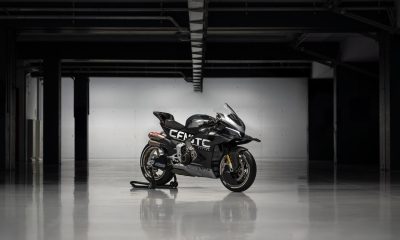

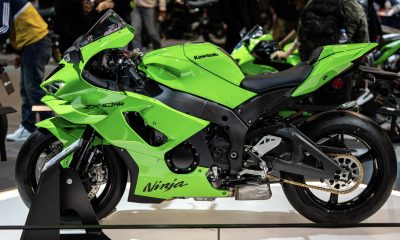

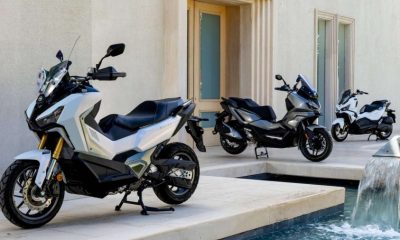


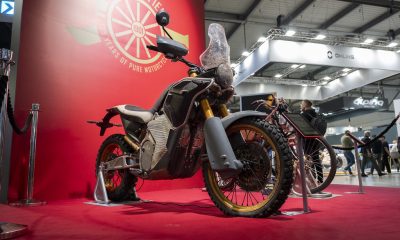


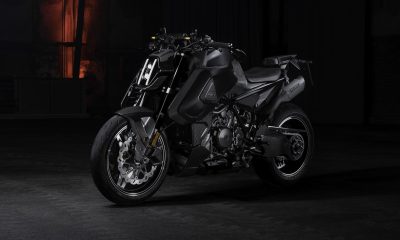
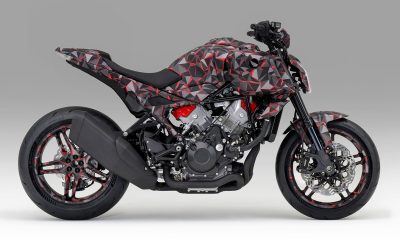
















Facebook
Instagram
X (Twitter)
YouTube
LinkedIn
RSS